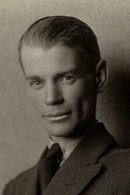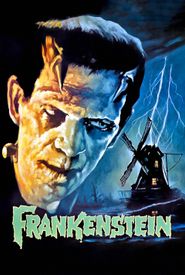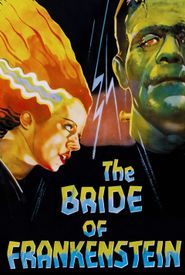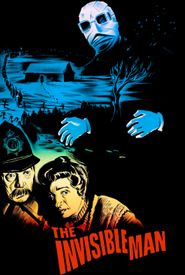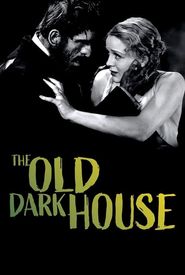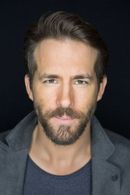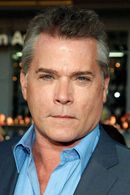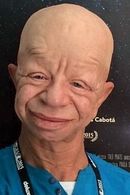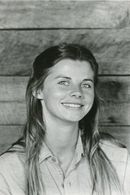James Whale was a renowned English film director, theatre director, and actor, best recognized for his iconic horror films, including Frankenstein (1931),The Old Dark House (1932),The Invisible Man (1933),and Bride of Frankenstein (1935). Throughout his career, Whale also explored other genres, such as musicals, and is often credited with creating the definitive film adaptation of Show Boat (1936).
In 1931, Whale signed a five-year contract with Universal Pictures, commencing with the production of Waterloo Bridge (1931),a film based on the Broadway play by Robert E. Sherwood, starring Mae Clarke. That same year, Universal chief Carl Laemmle Jr. offered Whale the opportunity to choose any property from the studio's repertoire. Whale selected Frankenstein (1931),primarily due to his disinterest in other Universal properties and his desire to create a film outside of the war genre.
Whale's subsequent project was The Invisible Man (1933),an adaptation of H.G. Wells' novel, which blended horror and humor, along with innovative visual effects. The film received widespread critical acclaim, with The New York Times ranking it among the top ten films of the year, and it broke box-office records across America. The film's exceptional artistic merit was recognized by France, which granted it a special waiver, allowing it to be screened in undubbed American films.
In addition to The Invisible Man, Whale also directed the romantic comedy By Candlelight (1933) in the same year. He went on to direct Bride of Frankenstein (1935),a sequel to Frankenstein, which he approached with apprehension, fearing he would be typecast as a horror director. The film was a critical and commercial success, and it drew inspiration from an episode in Mary Shelley's original novel, in which the Monster requests a mate from Frankenstein. The film's conclusion sees the Monster destroy himself and his "bride" after his mate is repelled by him.
Whale's subsequent major project, The Road Back (1937),was a critical and financial failure, contributing to his retirement from the film industry in 1941. The director's personal, health, and professional struggles eventually led to his tragic death by drowning in the swimming pool of his Pacific Palisades home on May 29, 1957, at the age of 67.
